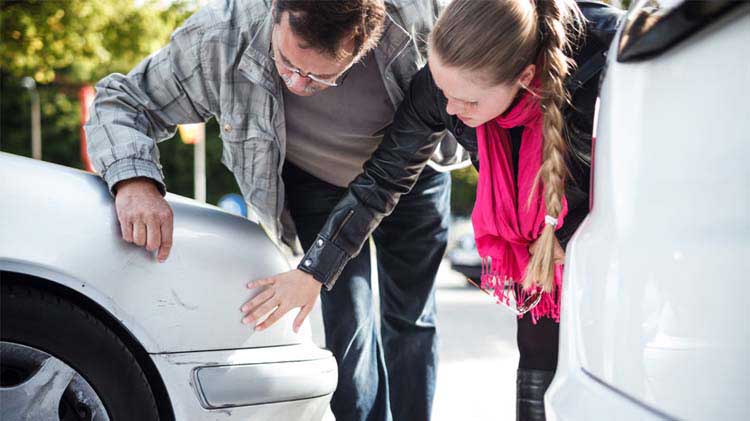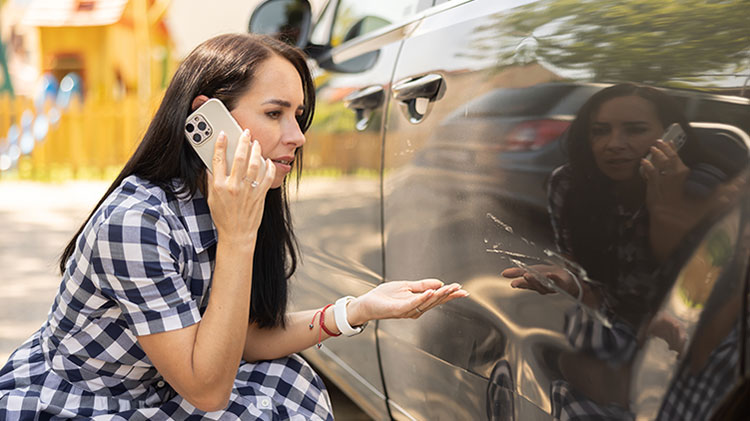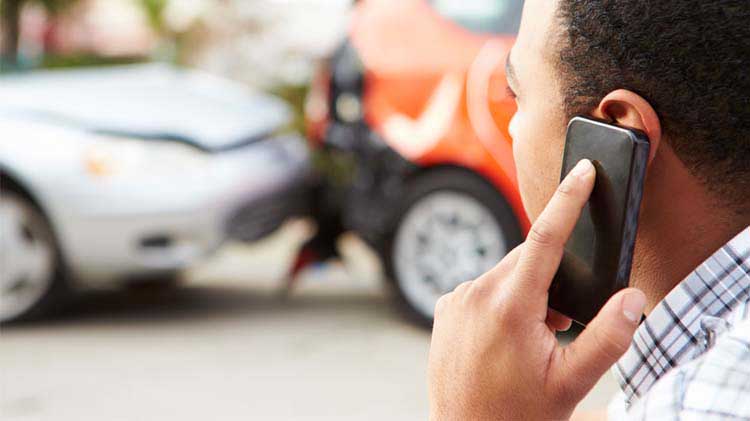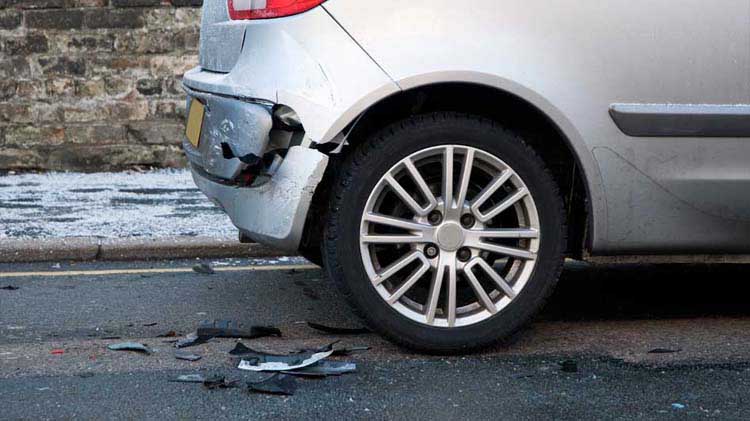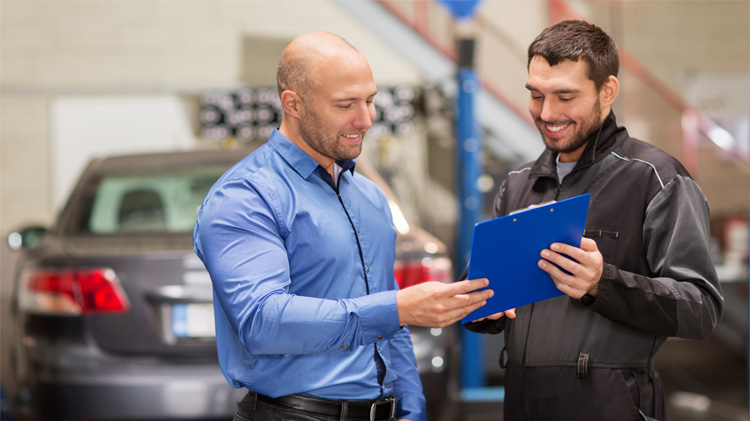What to do after a car accident: A step-by-step guide
In a car crash? Stay calm and follow these simple steps: Check for injuries, call the police, exchange info, document the scene and report to your insurer.
Overview: Getting into a car accident can feel overwhelming but knowing what to do next can help make a tough situation much easier to manage. This guide outlines key steps like ensuring safety and calling the police to exchange information, documenting the scene and reporting to your insurance company. Following these actions can help protect you and simplify the claims process.
Quick checklist: Steps to take after a car crash
This checklist helps cover the key steps to take right after an auto accident, from ensuring everyone’s safety to reporting the incident to your insurance company.
Get an auto insurance quote
Want to protect your car?
Let’s examine each step in more detail.
1. Ensure safety and check for injuries
Your number one priority after a car crash is confirming everyone is safe.
- Check yourself and any passengers for injuries. If anyone is hurt, call 911 right away.
- Don’t move anyone who’s injured unless there’s immediate danger, like a fire.
- If your vehicle is blocking traffic but can be moved, steer it to the side of the road or a safe place nearby. This helps prevent another auto accident from happening.
- Keep your hazard lights on to warn other drivers and help emergency crews locate you.
2. Call the police and get a report
Reporting a car accident to the police is a good idea, even if it looks like just a minor fender-bender.
- Call the police and fully cooperate. In many places, you’re legally required to call law enforcement if there are injuries or significant property damage.
- Ask the officer at the scene for their name and badge number. Get instructions on how to get a copy of the official police report, which is crucial for your insurance claim.
- If police can’t come because the accident is minor, find out how to report the car accident yourself, following your local laws and insurance requirements.
- The police report will have details about what happened, which can help the insurance company determine what to do after a car accident and how to process your claim.
3. Exchange information with other drivers
After ensuring everyone is safe and contacting police, it’s time to trade important details with anyone else involved in the crash.
- Share your full name and contact details—keep this professional and calm.
- Exchange insurance company names, policy numbers and driver’s license numbers.
- Write down each vehicle’s license plate number, make, model and color.
- Note the crash location with street names, mile markers or landmarks.
- Avoid talking about who was at fault.
4. Document the car accident scene
Having good records makes a big difference if you need to explain what happened later. Take these steps right after a car accident:
- Use your phone to take pictures of all the vehicles, close-ups of any damage and wide shots to show the vehicles in context. Capture license plates, skid marks, road conditions and street signs.
- Ask any eyewitnesses for their names and phone numbers in case their witness account is needed.
- Write your own notes about what happened, including weather, traffic and time of day.
- These details can help your insurance company in understanding the circumstances of the accident/loss.
5. Report the car accident to your insurer
After the immediate aftermath of the crash is handled, it’s time to report the incident to your insurance provider.
- Contact your insurer as soon as you safely can and provide all the details and photos you’ve collected.
- Some insurance companies let you start the claims process online or through a mobile app. This can speed things up.
- Be clear and honest when describing what happened and supply the police report number if you have one.
- An insurance adjuster will likely review your claim, check the police and witness statements and inspect your car’s damage if needed.
- Know your deductible and confirm you understand what your policy covers in the event of a car accident.
- Your insurance company will guide you through the next steps and let you know if you need to get repairs or visit a certain shop.
Finding help after a car accident
Navigating the steps after a car accident can be stressful. Remember, your insurance agent is there to help you through the process, answer questions about your policy and ensure your claim goes smoothly.
Being prepared and following these recommended steps after a crash can help reduce stress and get you back on the road as soon as possible.
You can get an auto insurance quote now, or give us a few details and a State Farm® agent will reach out to you.
This article was drafted with the assistance of Artificial Intelligence.
The information in this article was obtained from various sources not associated with State Farm® (including State Farm Mutual Automobile Insurance Company and its subsidiaries and affiliates). While we believe it to be reliable and accurate, we do not warrant the accuracy or reliability of the information. State Farm is not responsible for, and does not endorse or approve, either implicitly or explicitly, the content of any third-party sites that might be hyperlinked from this page. The information is not intended to replace manuals, instructions or information provided by a manufacturer or the advice of a qualified professional, or to affect coverage under any applicable insurance policy. These suggestions are not a complete list of every loss control measure. State Farm makes no guarantees of results from use of this information.
State Farm Mutual Automobile Insurance Company
State Farm Indemnity Company
Bloomington, IL
State Farm County Mutual Insurance Company of Texas
Richardson, TX
